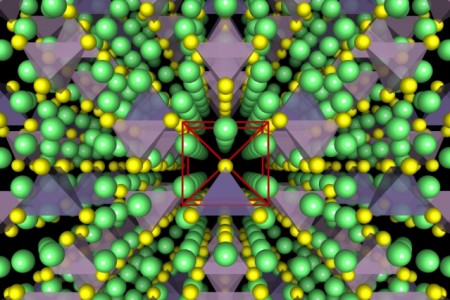
My life fades… vision dims; all that remains are memories. I remember a time of chaos, ruined dreams and the life of my phone battery moving toward oblivion. I remember when a lithium battery not much bigger than my fist grounded a fleet of Boeing 787 aircraft and when a cellular phone exploded in a man’s face.
Batteries… they’re everywhere and in everything. The latest in mass produced technology is the Lithium battery. They are lighter, can hold a higher voltage and are safer for the environment than previous technology. The biggest con is the instability of electrolyte inside and a possibility of “thermal runaway”. I’m sure everyone has heard an exploding battery story. Although Lithium is not the most stable material, it is safe to use within the batteries we know and love unless something goes wrong. The layman’s version: Thermal runaway is like a picture that’s trending on social media. It starts with one “like” and is shared. It’s shared by so many people, so fast that it nearly crashes a server from the out of control amount of sudden activity. When a Lithium cell in a battery gets out of control, it puts out more power and more heat, the cells around it put out more power as their temperature goes up… and more heat. This circle keeps going until the battery fails by leaking or even exploding.
Electrolyte is the organic fluid within the battery that conducts the ions when the battery is charging or discharging. In an automotive battery, it’s simply sulfuric acid. The search for a safer and more reliable electrolyte has been at the forefront of battery research since the voltaic pile was invented. Lithium Ion, Polymer Ion and even a cell that works with bacteria-ridden water have been on the horizon; all focusing on liquid electrolytes simply because traditional solid materials cannot conduct ions fast enough to create a viable battery.
In August of 2015, researchers at M.I.T. and Samsung have developed a solid, stable and safer medium that not only boosts the power density, it also extends the life of the cell as a whole. Compounds of lithium, germanium, phosphorus, and sulfur, have been discovered to have the correct properties and this research could lead to even more effective materials according to the team. The findings and technical specs and formulas can be found in a paper written by MIT postdoc Yan Wang, visiting professor of materials science and engineering Gerbrand Ceder, and five others here. Wang states:
“With a solid electrolyte there’s no safety problem — you could throw it against the wall, drive a nail through it — there’s nothing there to burn.”
Wang also goes on to say:
“With a solid-state electrolyte, there’s virtually no degradation reactions left” — meaning such batteries could last through “hundreds of thousands of cycles.”
As a bonus to stability and safety, these solid batteries, unlike Lithium and cadmium cells, can function below -20 degrees F (-30 C) without being pre-heated and can provide a 20% to 30% improvement in power density. It’ll be a fantastic accomplishment when it comes to complete fruition.
Although the term “solid state” draws an endearing sarcasm to those who work with it, this discovery could be the evolutionary jump to safer and higher grade power storage. The one question I will pose is about weight. A comparison of density and actual weight is not apparent anywhere in the findings. It would not make a big difference in a phone, tablet or computer but, if the cells are 30% heavier, that power storage increase certainly would wash in the case of electric land, oceanic or space travel.
TechAnon
This Article (Safety and Longevity; Making a better battery) is free and open source. You have permission to republish this article under a Creative Commons license with attribution to the author and AnonHQ.com.
Reference List




